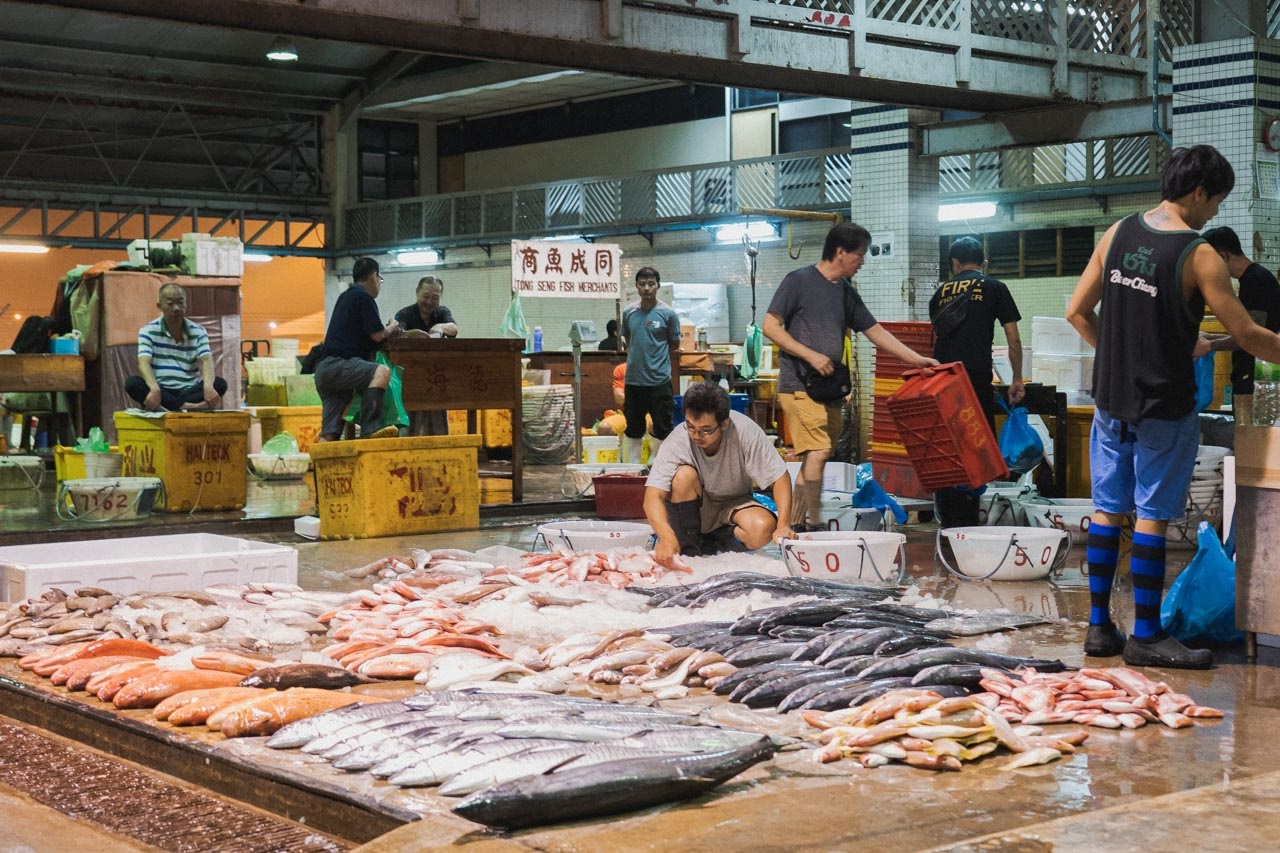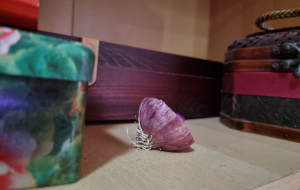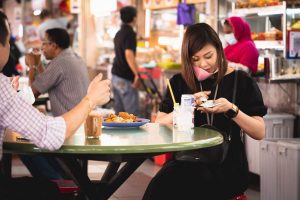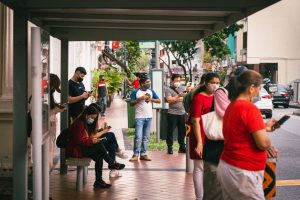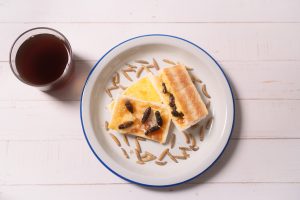Thanks to the circuit breaker, I somehow got famous. I was pampered, well-fed and got on social media. More importantly, I got famous because a pandemic called COVID-19 shone a spotlight on how fragile our overseas food supply lines are.
This is my life story…
For starters, my parents had very odd names. Officially, my father was called Epinephelus lanceolatus. He was a male giant grouper of the sea. My mother, Epinephelus fuscoguttatus, was a female tiger or brown marbled grouper. Somehow, since 2007, folks found a way to get my dad to fertilise my mother’s eggs and lo and behold, through the miracle of IVF, my ‘breed’ was born.
In wet markets, Hokkien ‘aunties’ love touting my kind as a delicious hybrid grouper, Hybrid Longhu Grouper, or 龙虎斑. But yes, we’re often viewed as outsiders of the sea, a cross-breed with a voracious appetite.
If you dive or snorkel at sea, you will see many of my kind—flitting around tropical and temperate waters with our bulbous eyes, thick protruding lower lip and brown-and-white mottled spots and patches. Some of us can mature up to weights of 1-5 kilogrammes, so it’s no surprise that we can draw a crowd.

Unfortunately, for me, I wasn’t born in the sea. In fact, I was born five months ago in a bright, cobalt-blue tank, in a Lim Chu Kang fish farm called Apollo Marine Seafood.
My first few months swimming in the tank were mostly … well, just swimming around. There were others with me but we’re just all calling each other by the same names. From a fry to a fingerling, I had dreams—what will my life look like, will a family adopt me and put me in a tank, will I be released out to sea so I can meet my larger brethren or will I grow up, meet the love of my life and breed more groupers? Oh, such fanciful, fishy dreams.
And why not? From the moment I was born, I’ve had everything being taken care of for me.
Besides my breed, there’re also Coral Trout, white and blue shrimps, apparently all locally bred. My caretakers even have an in-house nutritionist to research and ensure the fish-feed we get are well-balanced. They even include delicious cod liver oil.

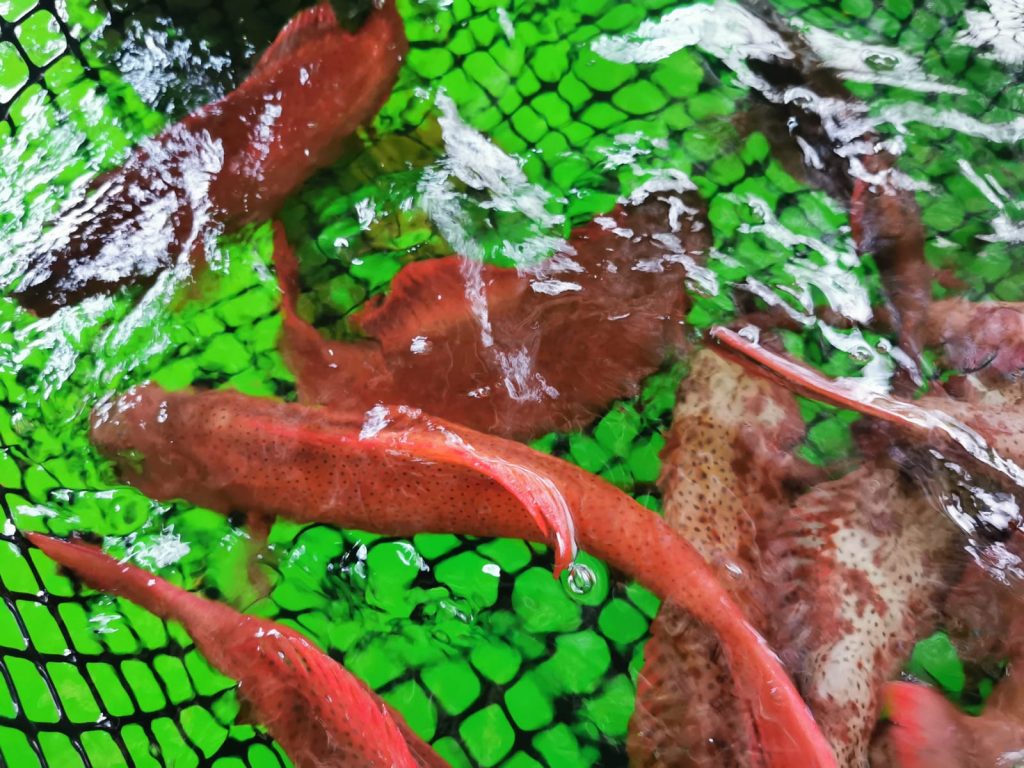
In fact, the farm I grew up in is the world’s first land-based vertical farm. Tanks upon tanks of fries and fingerlings like me swim around in stacked-up tiers, apparently for better use of land space, cost and energy. I fish you not, it’s happening right here, in Singapore.
I found out, much later on, that Singapore is really land-scarce, so local farming is far more restrictive when it comes to space. Just like how most Singaporeans live in HDB flats, I now understand how it feels to be constrained within these tanks!
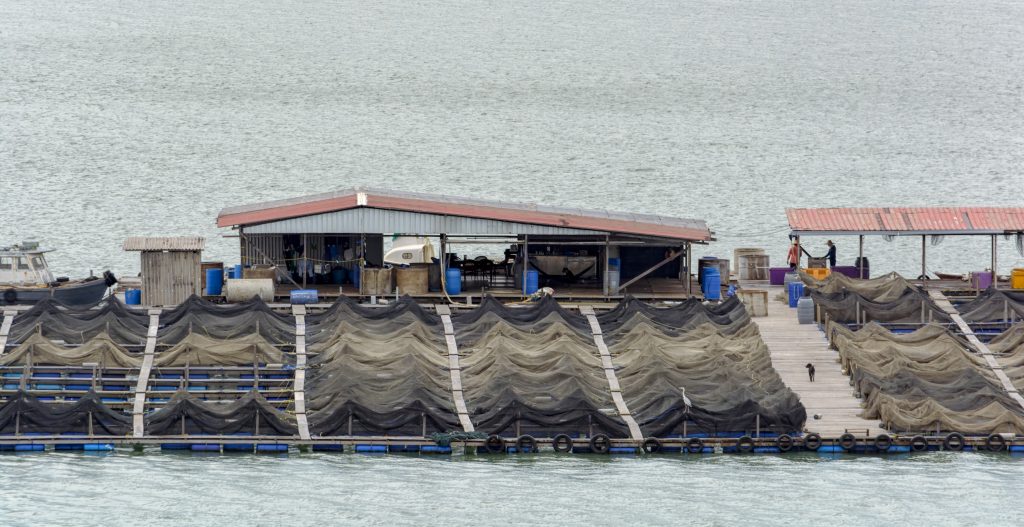
Unlike fishes bred in other farms, which are located in coastal areas or open seas, I’m bred inland, inside an enclosed environment, away from the threat of open sea contamination, like algal blooms and microplastics pollution. But I think there are now smarter technologies to detect these early.
Anyway, the tank I swam in was using recirculated water, free of antibiotics and growth hormones. I mean, all I saw were the green netting to keep me within four walls and weird sensors for temperature and pH, among others. But I guess they’re all there to keep me healthy, or as some of my minders would always say—’filled with vitamins and minerals which are essential for a healthy diet’. The Apollo Marine guys call the system RAS, or Recirculating Aquaculture System. In simple terms, it means a self-contained ecosystem of good water quality, nutrition and agriculture. Oh, you can RAS me anytime, guys.
One time, some VIP from the government ministry came to visit the farm and I was selected among my school to be briefly lifted above the waterline and displayed for the humans. I heard mentions of Good Aquaculture Practice (GAP) and sustainable farming in their conversations.
Apparently, the VIP and my caretakers had an exchange about land and labour costs, and how this so-called COVID-19 pandemic has put a spotlight on the fragility of food supplies from overseas. Which also explained why they needed to work closer together—the government, local farmers and community—to embrace this ‘kampong spirit’ of protecting our food security interests during and after this pandemic.
Naturally, locally grown food supplies also reduce carbon footprint and energy use from the need for overseas transportation and storage. It also means the food is fresher too! #supportlocal
There’s also talk among the humans to try and have one-third of Singapore’s food sources to be home-grown by 2030. They call it the “30 by 30” goal, where the agri-food industry incorporates technologies like indoor multi-storey LED lighting (for veggie farms) and multi-storey recirculating aquaculture systems (like mine!) to produce 10 to 15 times what traditional setups can produce.

Anyway, the day arrived when I hit about 500 grammes. I remember the day as clear as the afternoon sun—I was put on the scale and the boss said I was ‘ready for trade’. At first, I didn’t understand what that phrase meant, but soon enough, I was moved from the ‘breeding tank’ to one of their public tanks.
I was held up for a photograph, then apparently picked to be the ‘star’ with one other companion in their twice-weekly live-stream on Facebook. Geez, why can’t they just call it Fishbook or something?
But what’s the point for all this?
Apparently, this COVID-19 thing has spurred my caretakers to be ‘all hands on deck’ even more. They’re doing the online auctions as part of a concerted marketing effort to promote the consistent supply of locally produced food, including seafood. The auctions are a good way to create awareness and accessibility for folks on the hunt for locally bred food supply and there are quite a lot of these auctions on social media.
At first, I thought my breed has a voracious appetite, wait till you see the human folks with seafood cravings. These humans can really eat!
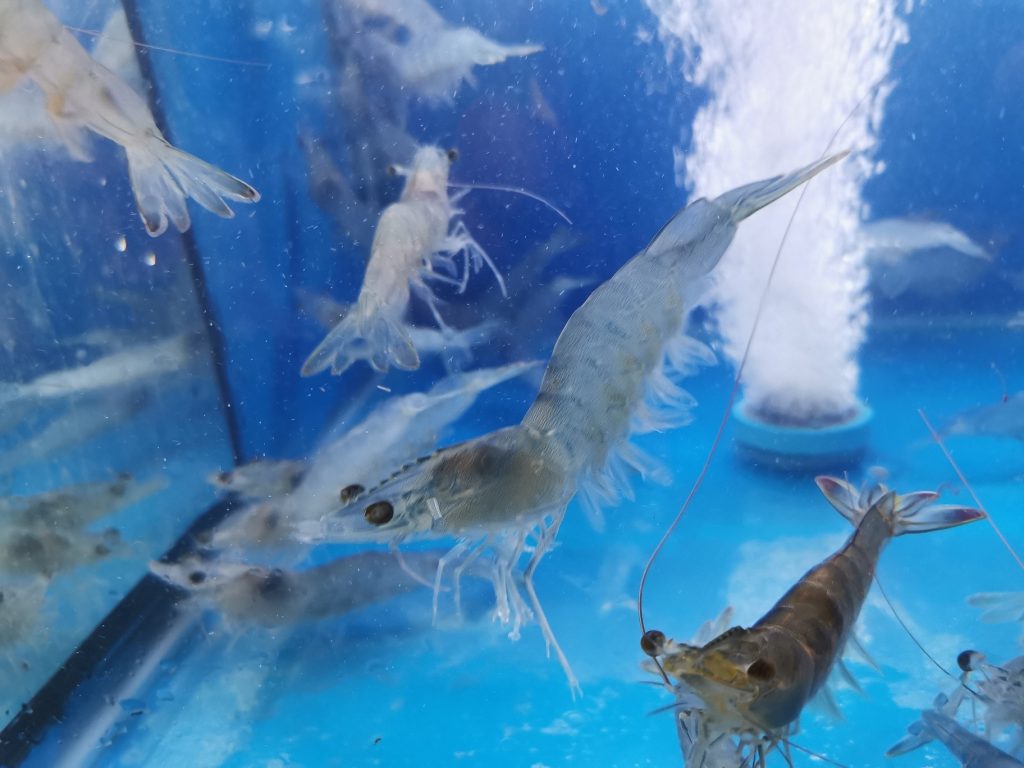
When I grew to about 800 grammes, the Apollo Marine ‘Horeca’ sales team came to check on me. Unlike my minders, these guys were like the networking folks, who travelled and made connections. They were the B2B specialists who help expand the distribution network from farm to food supply outlets, like restaurants and supermarkets.
What got me excited was the prospect that I had been chosen to go on a ride. It felt special, like somehow, I’d been earmarked for a significant moment in my life.
I overheard one of them saying that they’d secured a wholesale rate for me and several others like me, but someone in particular had taken an interest in me. I was excited because someone somewhere finally saw my value.
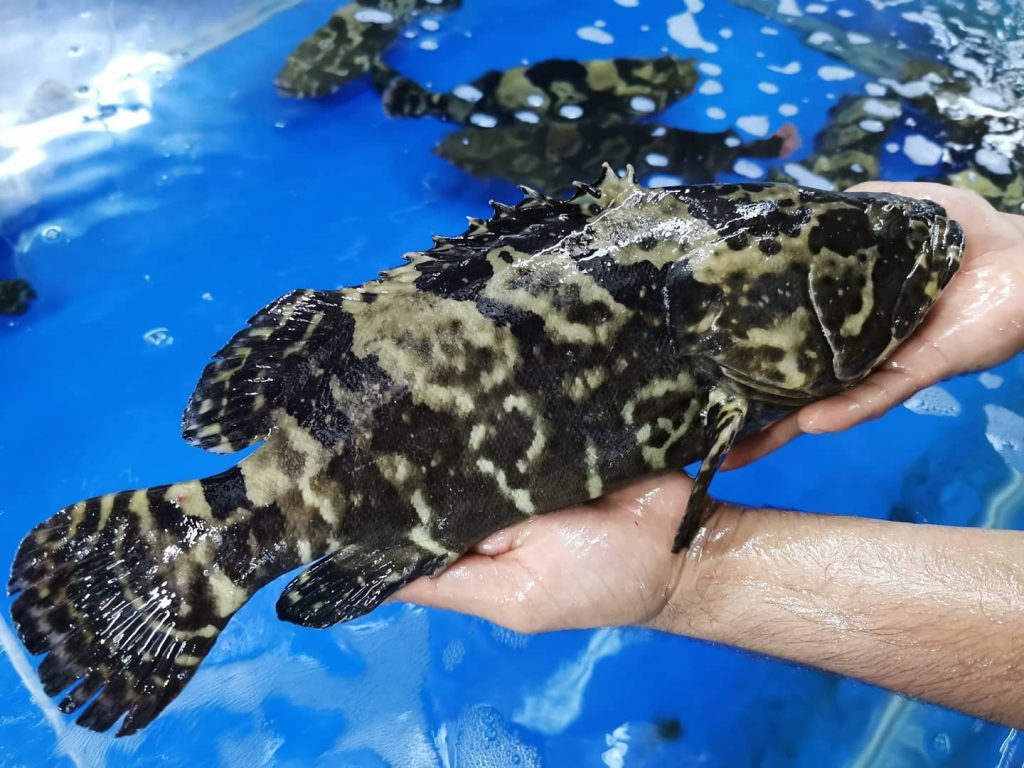
For the first time in my life, I was finally able to see the outside world! No more green netting, cobalt-blue walls, constant bubbling sounds of RAS and the burps of my companions. I was ready for my primetime.
The next morning, my transport came without much fanfare. All I heard was the hum of the delivery truck in the wee hours of dawn and a glimpse of the facade of my birth home for the past few months.
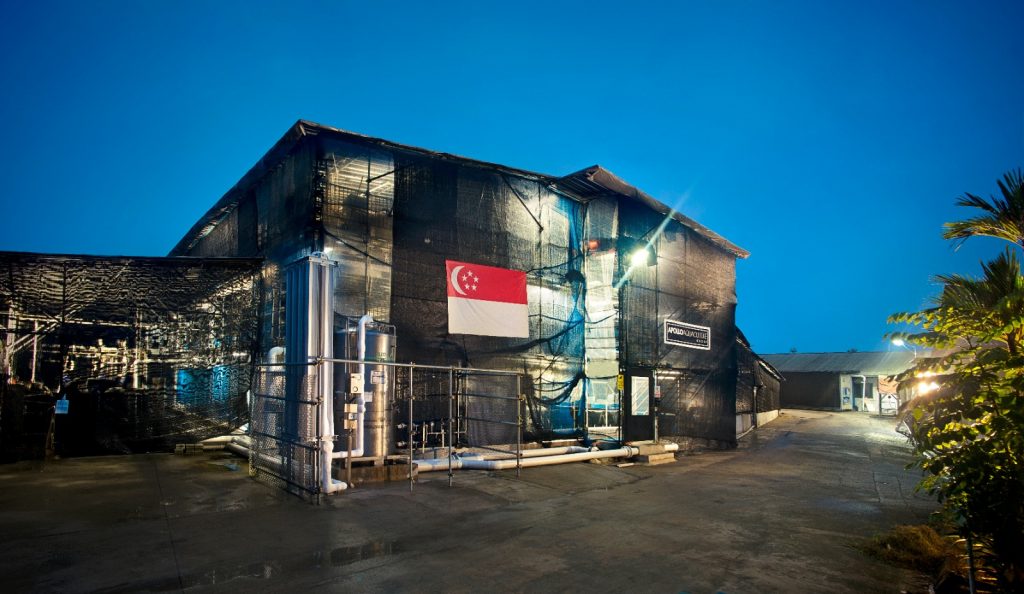
The ride to my destination was smooth, with the occasional bumps and sloshing of water in my tank. Along the journey, I looked up through a crack in the cover and tarp to see the first gleaming hint of sunlight and a bright, blue sky.
The other hybrid groupers in my tank were all nervous and afraid. But I reassured them. I tell them wherever it is we’re going, we all have a purpose. How else could anyone explain the care and tenderness our minders had taken great pains to develop? We were fed, cleaned, monitored and lived a stress-free and healthy life.
Surely, the last thing anyone would want to do to us is to toss us aside as food waste, right?
Anyway, when I finally arrived at my destination, I was put into a tank with several other companions.
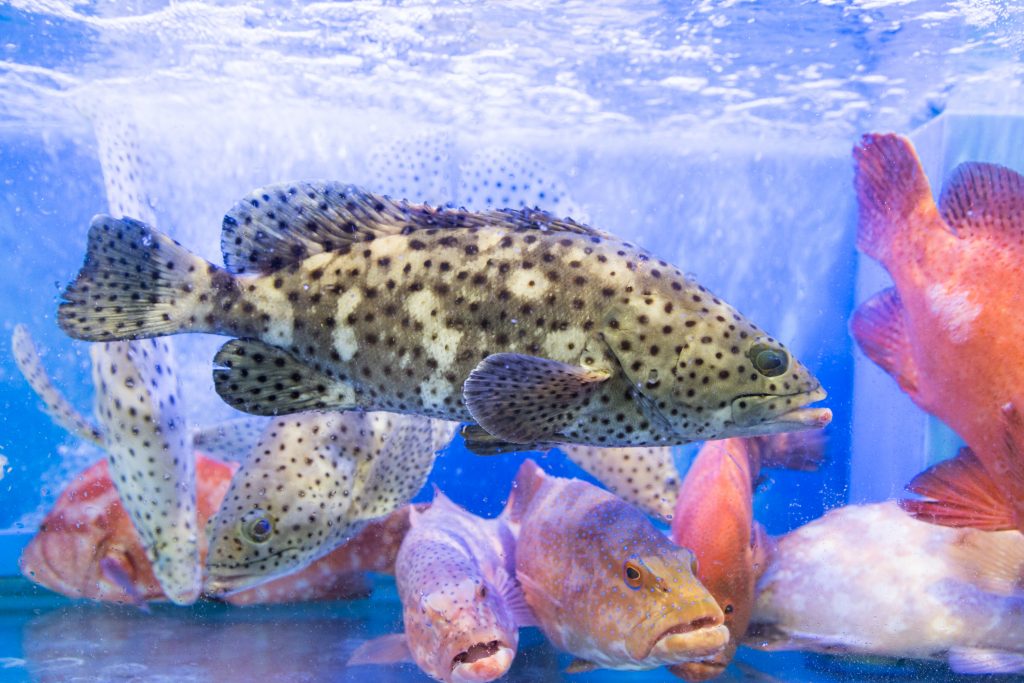
One by one, my companions were picked. I saw how they were descaled, gutted and later served with garnishing on a platter for couples and families. I began to understand why. I saw the smiles and laughter on the diners’ faces. The joy we were bringing, not just in the short-term through our flesh and essence, but the long-term effects of our nutritious value from being locally farmed, all of our vitamins and minerals, minus external contaminants.
So it stands to reason for me to fume when some diners neglect to finish their food on the table, leaving unnecessary waste for stray crows and flies. It showed utter disrespect to the entire lifecycle of what my friends and I stood for. Over time, this cycle of wastage will accumulate and bring additional strain to cleaners and waste disposal systems. I may be just a fish in the larger scheme of things, but my contribution should not, for lack of a better word, go to waste.

As I swam and pondered, I realised that food security in this small island of Singapore is often taken for granted. Maybe they haven’t been in my fins long enough to understand what my world is like. Or seen how much time and effort my caretakers and this entire chain of locally farmed food supplies has been built from the ground up.
I hope we can continue to build and strengthen our locally farmed food supply without wastage. It’s important not just for today’s generation, but for future generations, when food supplies become scarcer due to other unpredictable world events. Just like how COVID-19 has done.
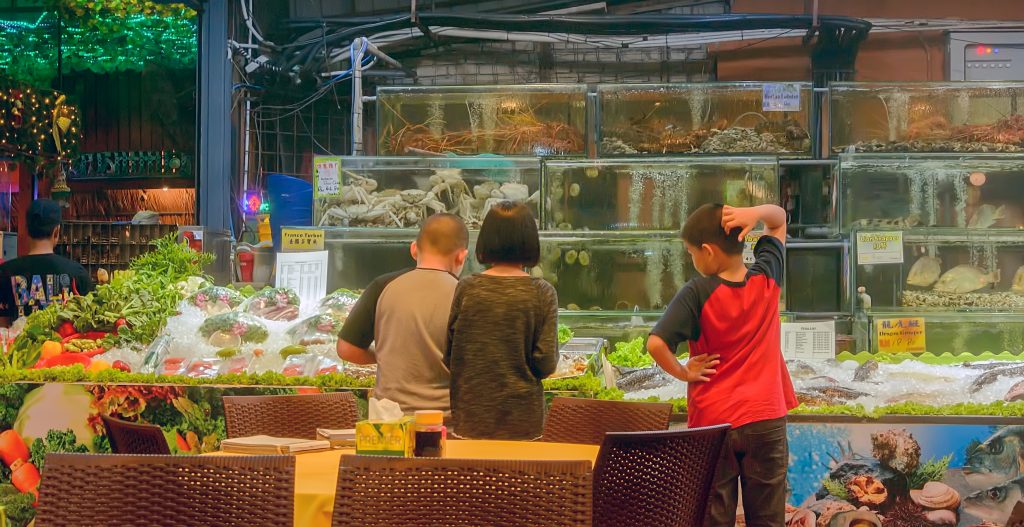
Due to COVID-19, there was a limitation on the number of people who could sit around the dining table and enjoy a meal. My size was just right for them. The family had a young daughter amongst them and she picked me.
Call it fate or a sense of comfort and security, but I looked her in the eye and saw a reminder of myself when I was a wee fingerling in a cobalt-blue tank. I saw a part of who I was in her—still figuring out what the world is going to be like.
As I was lifted off the tank in a net and taken towards the kitchen, I felt my purpose. I hardly struggled. I just lay there on the block flapping my gills as if to say goodbye. I was proud to be the healthiest, locally bred seafood in that tank and I was finally sacrificing myself for the good health of that little girl.
As the chef’s knife struck, I hoped, through me, and many others like me, she and anyone who knew where I’d come from, would appreciate what I represent, and not take my worth for granted.
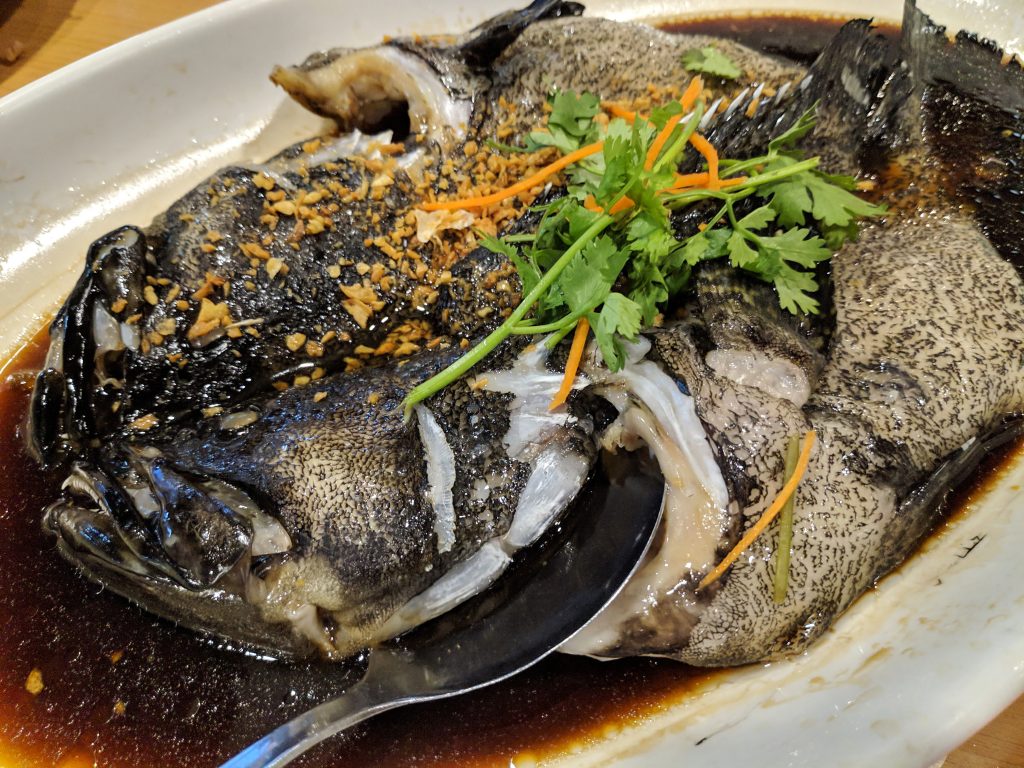
This story is sponsored by the National Youth Council.
Take part in the Youth Action Challenge (YAC) and create solutions that help address the gaps you see in society.
YAC is part of the SG Youth Action Plan and is designed to hear, empower and bring together young minds to innovate and pitch their ideas for a better future.
